Quinoa w/ Red Hubbard Squash, Ginger, & Turmeric
Fall is in full swing and I am absolutely in squash mode. There are several squash varieties that are available all year round. The staples, like acorn, butternut, and delicata squash, are almost always in every grocery store. Although once a year, for a few fleeting weeks, all of the rest of the squash varieties hit the shelves and farmer's markets. It's my favorite time of the year and I take full advantage of it every time it comes around. This week I made Roasted Red Hubbard Squash and a Potato Bake w/ Habanero & Roasted Red Hubbard Squash. Although I still have plenty of squash purée left and am tossing a bunch of it into quinoa today.
I tend to add whatever produce I have on hand into quinoa. It has a slightly bitter quality to it, so the natural sweetness of fresh fruits and vegetables pairs incredibly well with quinoa. Today, I had Thai dragon peppers ripening in the garden along with a plethora of orange bell peppers, garlic, turmeric, and ginger. I also like to pair quinoa with tamari and rice vinegar. The heat from the peppers and the warmth of the turmeric give this type of quinoa a fun spin when the weather's beginning to chill. Once winter hits in, I usually make more hot curries and stews to cozy up with. I usually reserve quinoa for a brighter, floral flavor profile in the summer months. Although this pairing today is perfect for the temperate climate in the midst of fall.
Gallery
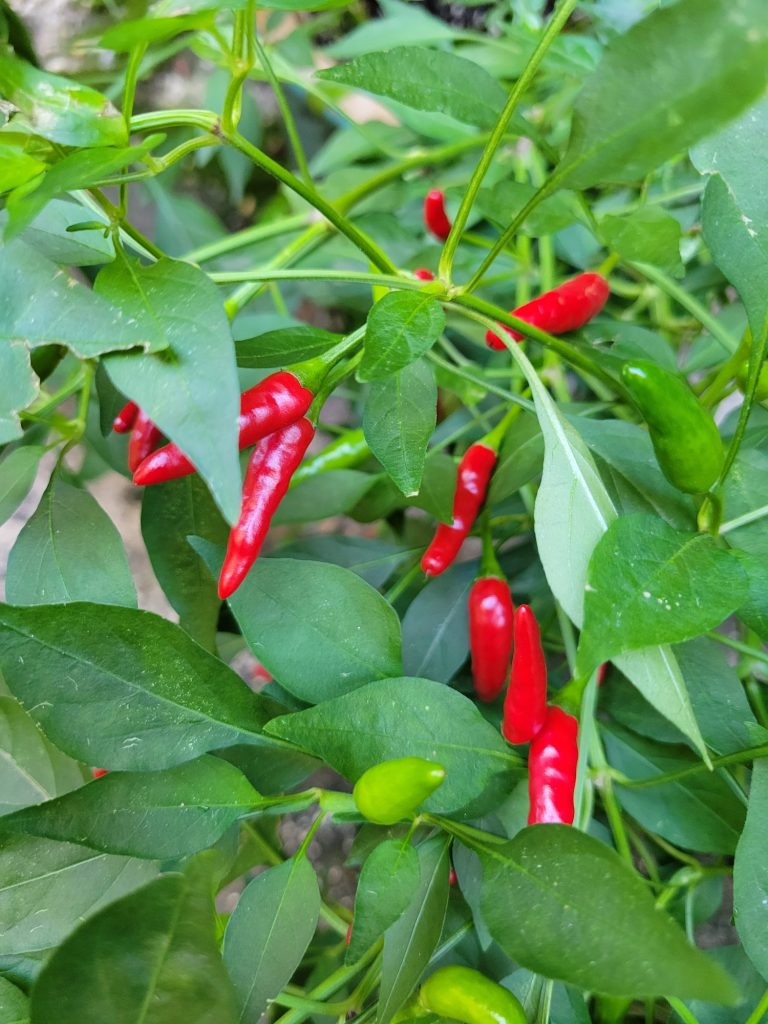

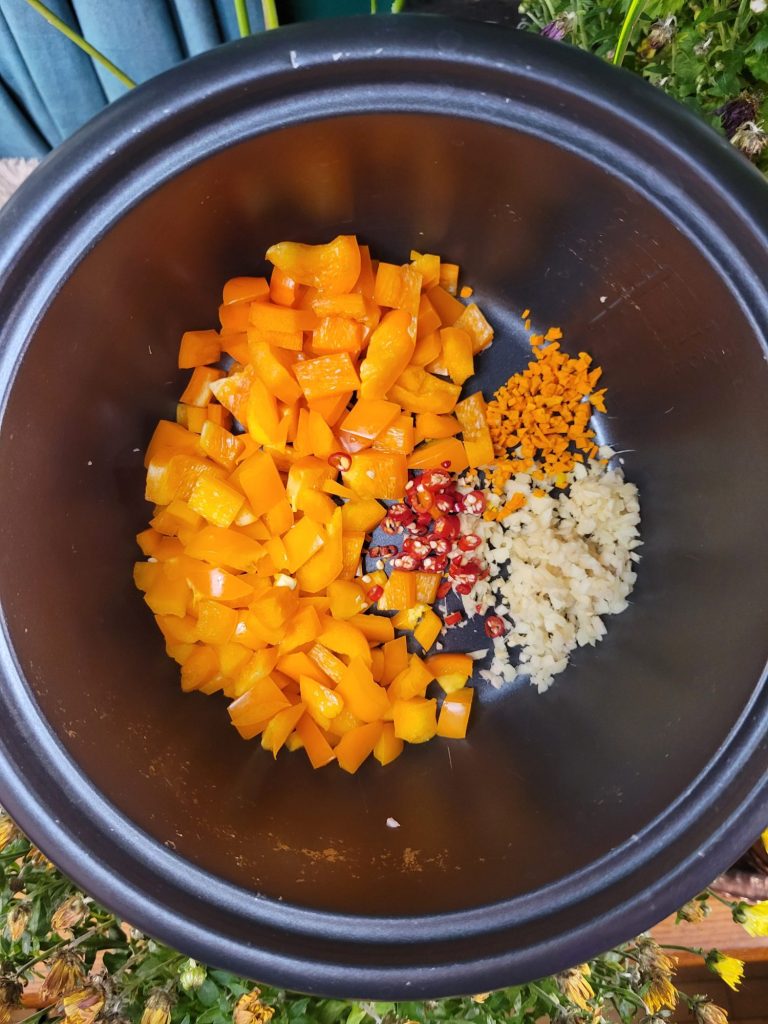
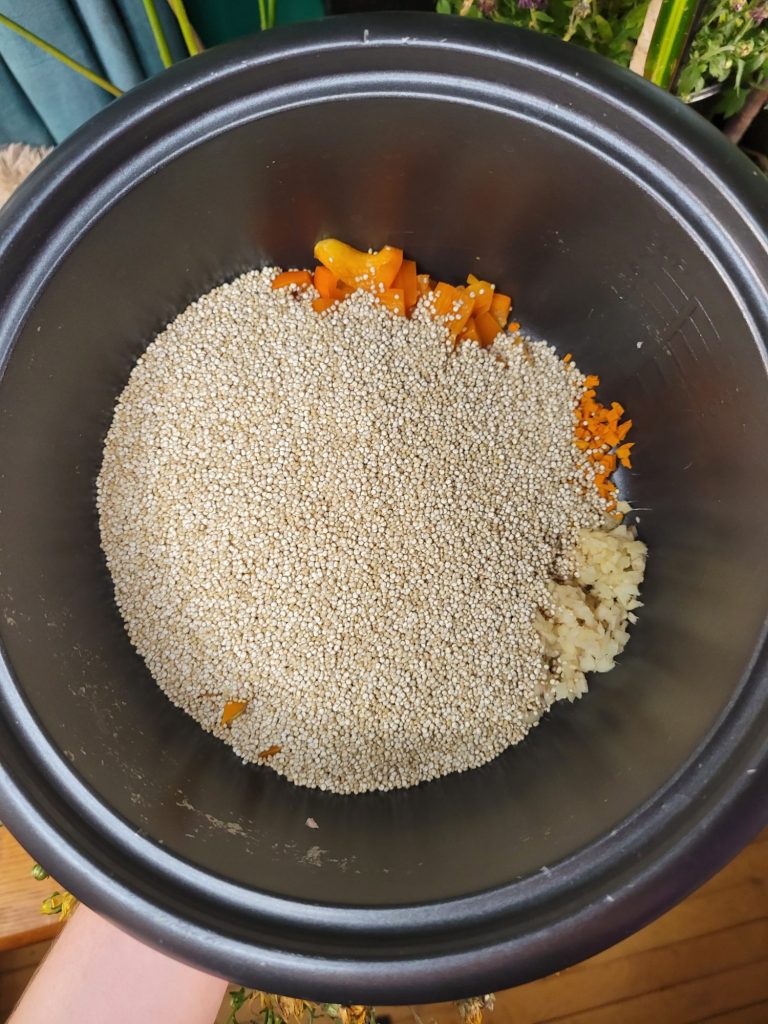
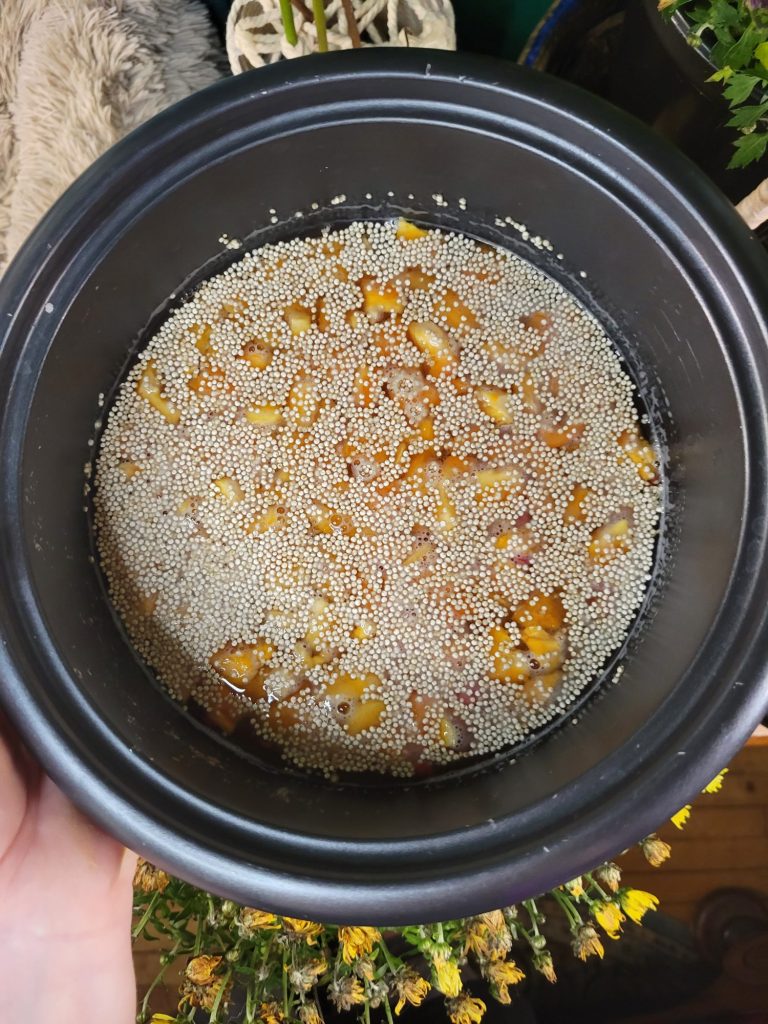

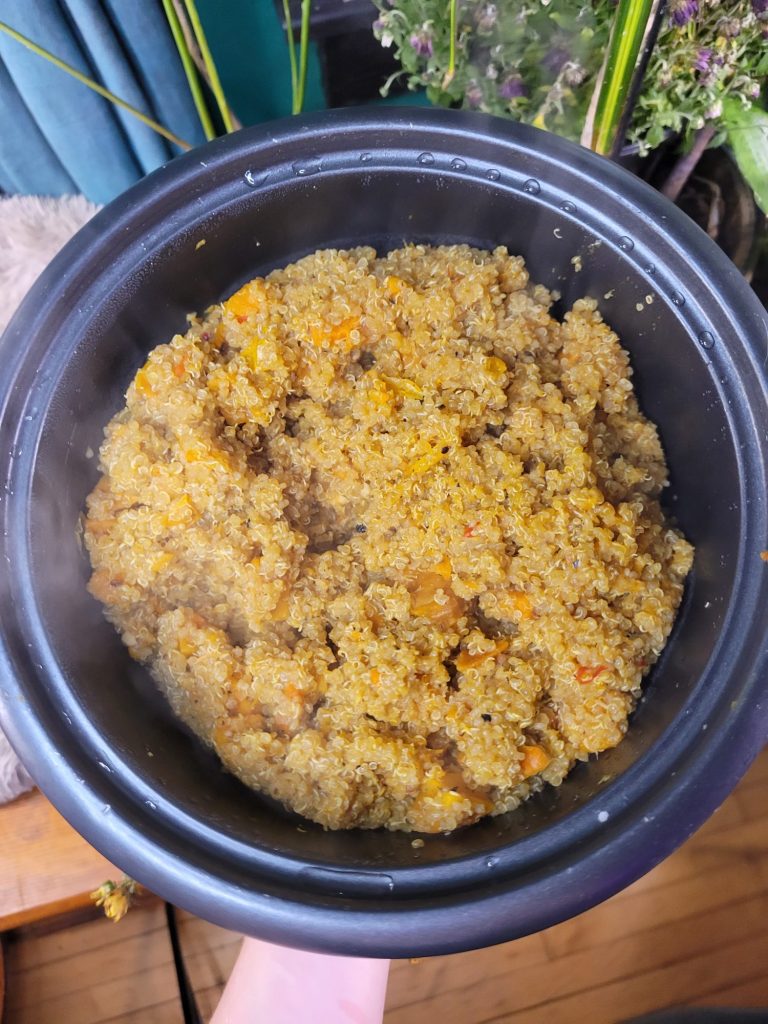
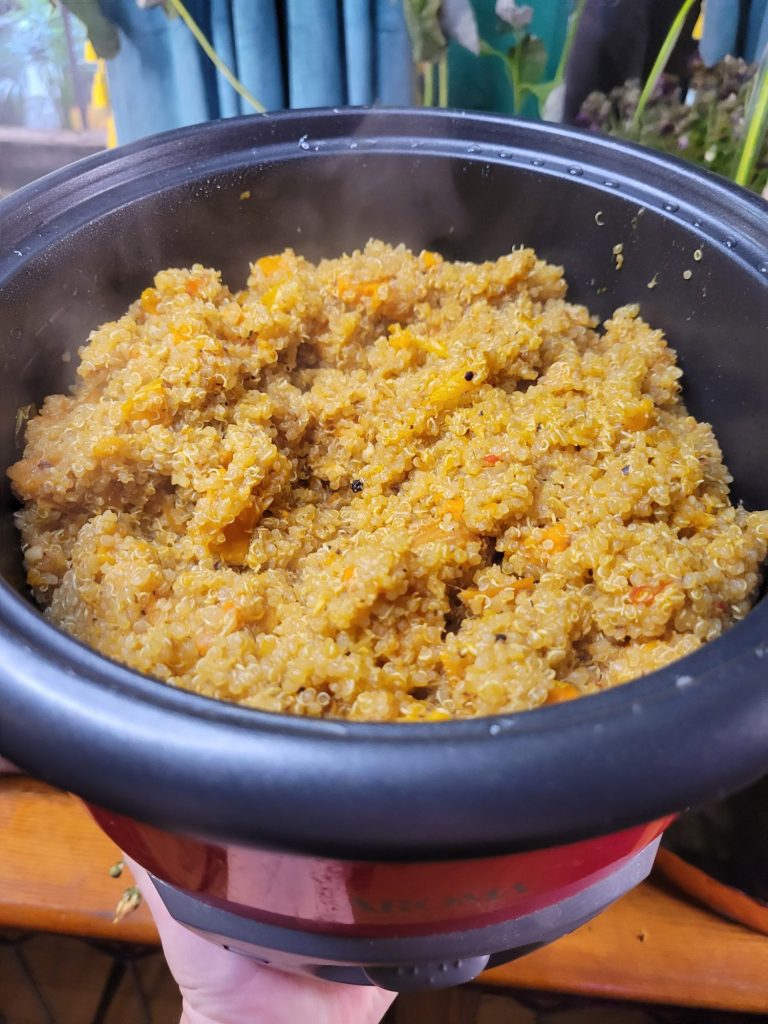
Variations of Squash Quinoa
It turns out that I don't typically put squash in quinoa. It honestly surprised me that this is the first time on this blog that I've done so! Although it does kind of make sense. I tend to eat food by the weather. In the winter I want heavier dishes to settle down and warm up with. In the summer, I want more bright and energetic food. I want comfort foods when it's cold out and more food on the go during warmer months. Although I tend to reserve quinoa for the summer and switch to lentils in the winter, there are plenty of seasonal ways to mix up quinoa year round.
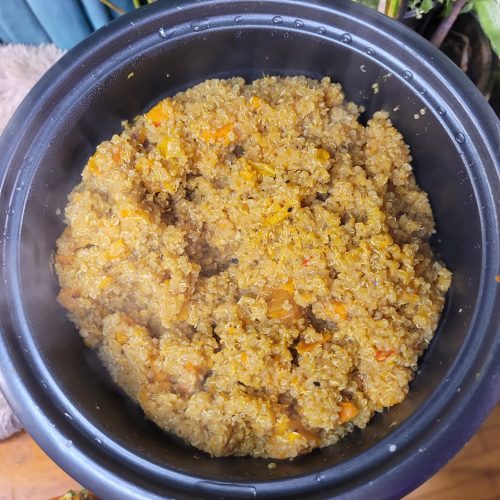
Quinoa w/ Red Hubbard Squash, Ginger, & Turmeric
Equipment
- Rice Cooker
Ingredients
Red Hubbard Squash
- 1 red hubbard squash (or similarly dense squash or pumpkin)
Quinoa
- 1 c. red hubbard squash roasted & puréed
- 1 orange bell pepper diced
- 5 Thai dragon peppers minced (or pepper of choice)
- 2 cloves garlic minced
- 1 tsp. turmeric minced
- 1 tbsp. ginger minced
- 1½ c. quinoa
- 3 c. water
- 1/8 c. tamari (or soy sauce)
- 1/8 c. rice vinegar (or vinegar of choice)
Instructions
Prepare Ingredients
- I used Roasted Red Hubbard Squash in this recipe. This takes a couple of hours and requires a calabaza (or other squash or pumpkin of choice) as well as aluminum foil and a baking dish. You can easily substitute another squash or pumpkin or use canned purée.
Quinoa
- Add all of the ingredients into a rice cooker. I like to start with the larger vegetables and then add the smaller ingredients. Top with the spices and vinegar. And then add the quinoa and water.This cooks the larger vegetables on the bottom, while dispersing the flavor profiles in the middle. Although with some mixing, this really doesn't matter all that much. Everything will eventually cook together!You can also add the rice vinegar and tamari after it cooks. If you add it before, it will be a more subtle flavor that permeates through the quinoa. Otherwise, add it afterwards for a brighter pop of flavor. I go back and forth on which one I prefer and routinely do both.
- Press the cook button on the rice cooker. It should take about 45 minutes to cook.
- When the quinoa is fully cooked, let sit for 10 minutes, and then fluff with a wooden spoon and serve.Do not use a fork or other metal utensil. It will scratch off the nonstick surface on the rice cooker. This will leach teflon into your food and cause future dishes to stick to the bottom.
Tips, Tricks, & Notes
- While quinoa is not rice, it does cook the same and oftentimes better than rice in a rice cooker. For more tips and tricks to rice cooker quinoa, check out my article on The Fundamentals of Making Quinoa, including a stovetop version if you don't have or don't want to use a rice cooker.
- I also tend to prefer tamari over soy sauce. They're both made from fermented soy and a lot of recipes use them interchangeably. Tamari tends to have a richer flavor and less salt content. It also tends to be gluten free.
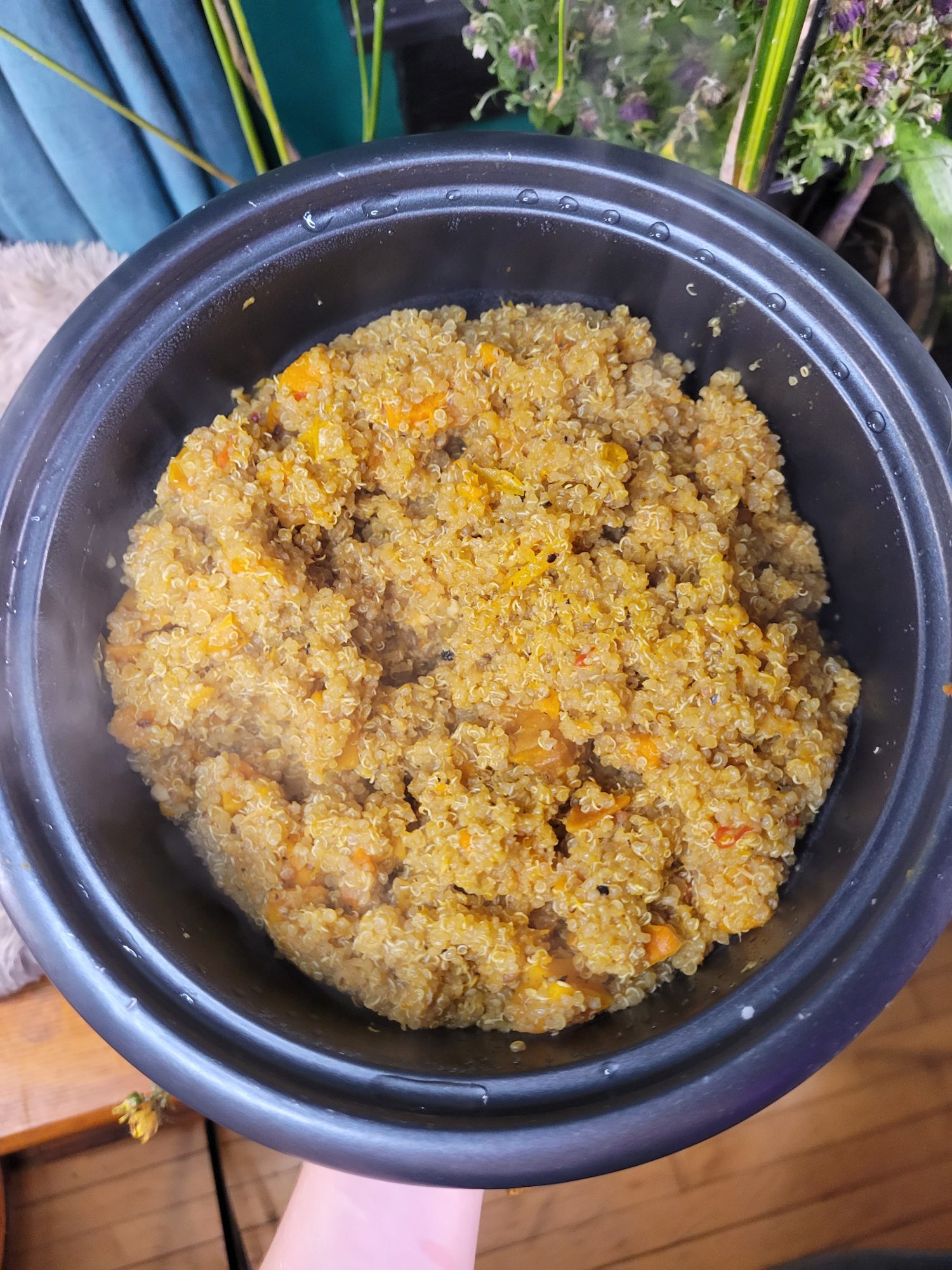
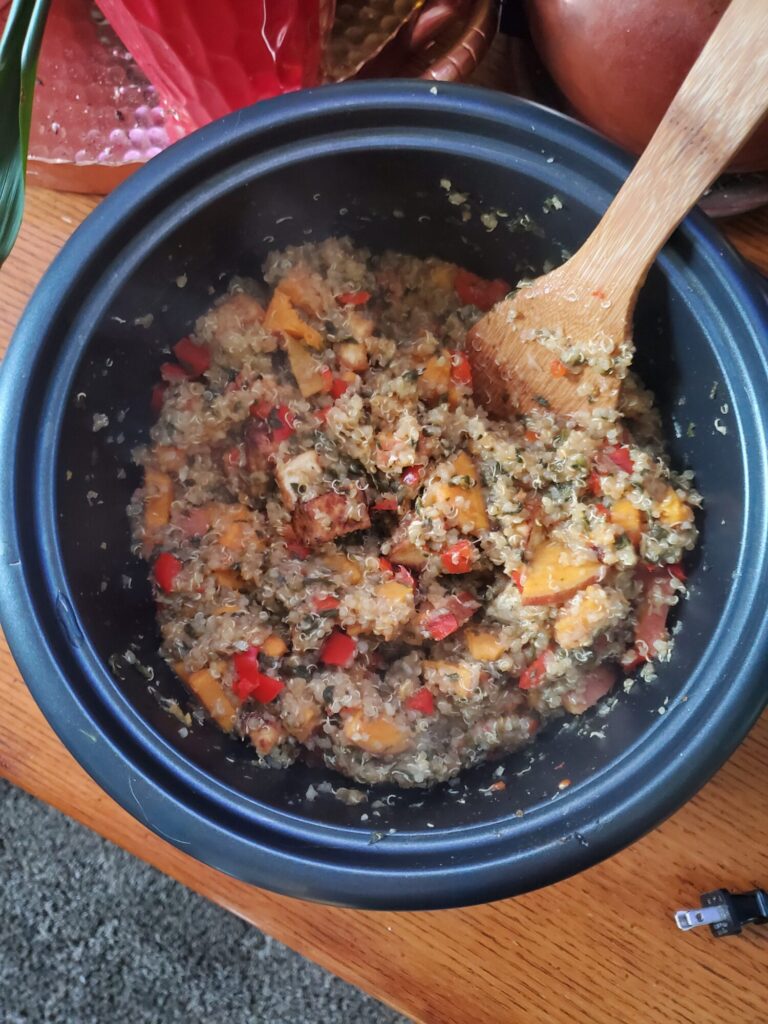
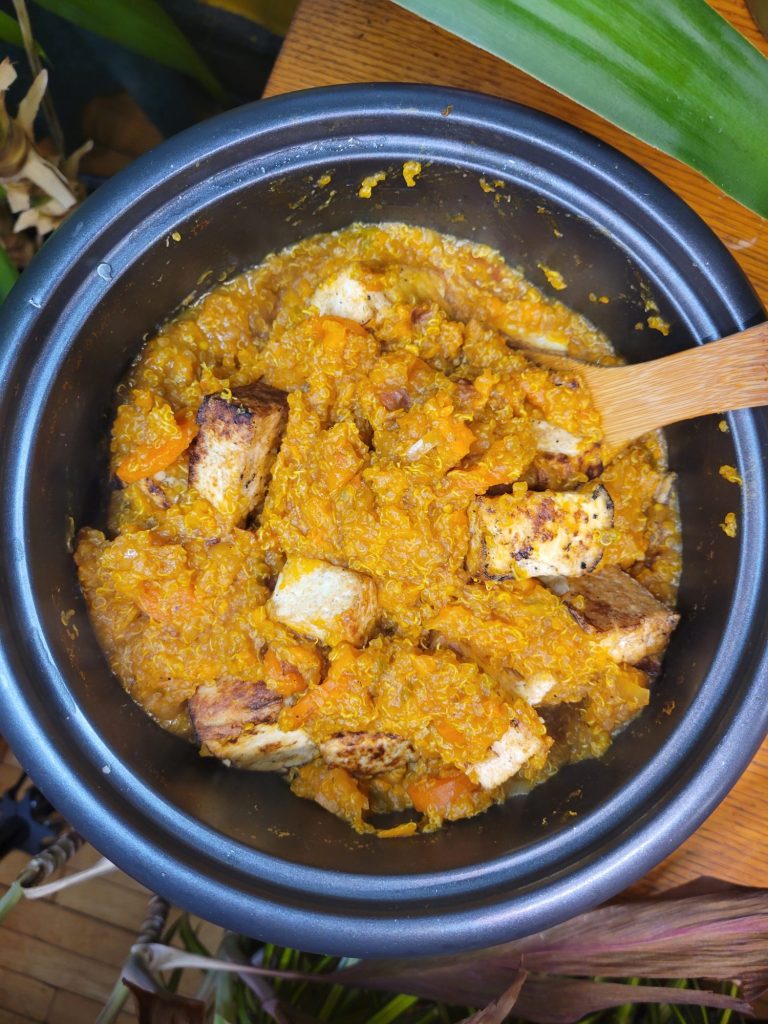
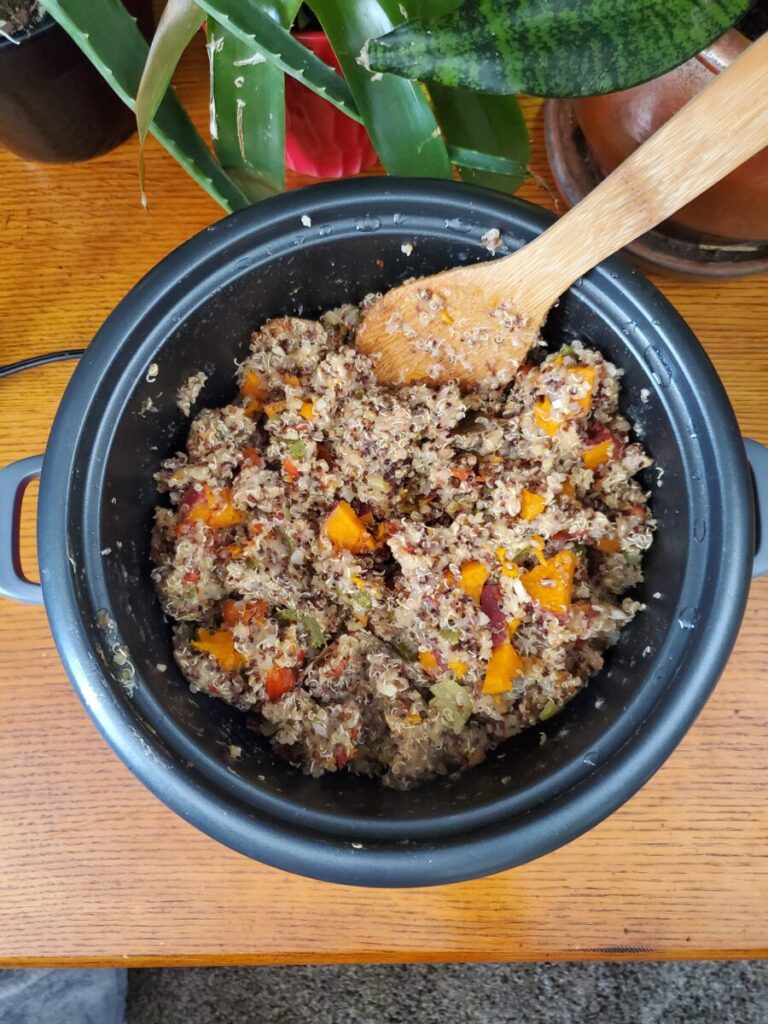
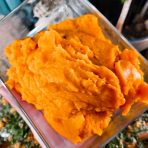
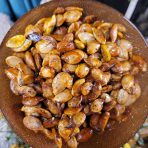
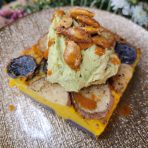
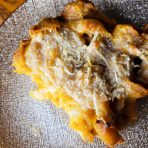
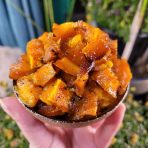
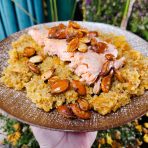
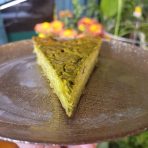
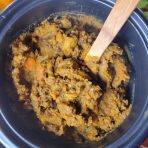
Leave a Reply